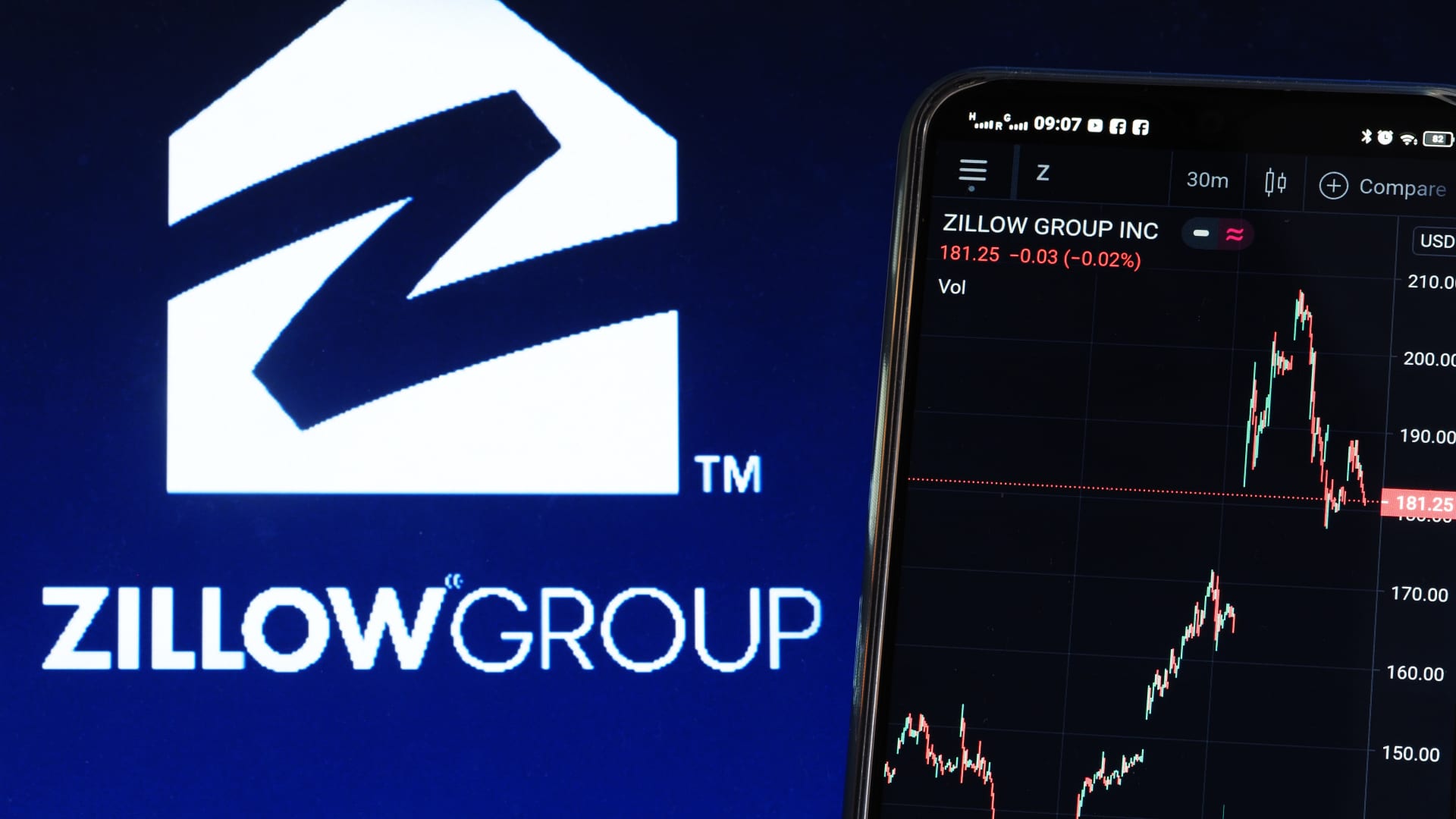A
rtificial Intelligence is now woven into everyday work, and the commercial real estate sector is no exception. From automating lease abstraction to forecasting tenant demand, AI reshapes operations. Yet the real advantage will not be who owns the newest models—those will soon be universal—but how firms blend technology with human judgment, creativity, and strategy.
People‑powered AI means tools amplify, not replace, people. Projects that once cost millions and took months can now finish in weeks, freeing staff to tackle higher‑value tasks and deliver richer client value.
People remain the core of business. Even as tech speeds processes, strategy, culture, and client impact stay human. The challenge is to help teams deepen customer relationships while sharpening leaders’ ability to adapt, solve new problems, and add value.
In real estate, data analysis—comparable rents, building performance, demographic trends—has always driven decisions and cost savings. AI makes this analysis instant, letting brokers focus on deeper insights and strategic advice. The edge lies in interpreting data, spotting patterns beyond machine reach, and linking insights to what clients truly value. A LinkedIn survey found 64 % of respondents still prefer human advice over AI output, underscoring that AI delivers the “what,” while humans drive the “why” and “how.”
The demand for AI fluency has exploded. In 2023, job postings requiring generative AI skills jumped 1,848 % from 519 to over 10,000. Lightcast reports a 1,185 % rise from 2022 to 2023, making AI literacy a baseline skill. Leaders now measure how well they weave AI into workflows.
The best use cases free people from routine tasks—lease comparisons, contract reviews, basic transaction modeling—so they can focus on connecting with decision makers, crafting strategies, deepening client relationships, and solving complex problems that need judgment, creativity, and persuasion. Newmark, for example, uses AI to speed research and transaction analysis, freeing staff to deliver more customized client service and drive business results.
Productivity also depends on where work happens. AI will shape the future of work, but the office remains essential for collaboration, innovation, and culture. Winning talent firms design spaces that inspire productivity and creativity: high ceilings, natural light, healthy food, biophilic elements. In an AI‑rich era, workers seek the human touch that only a thoughtfully designed office can provide.
For employers, this is non‑negotiable. Today’s 22‑year‑olds grew up with smartphones; AI feels like a natural coworker, not a foreign tool. Workplaces must make human‑machine collaboration seamless.
Leadership must embrace the accelerating pace of change. AI collapses work cycles, so leaders should lean into progress rather than resist it. Yet blind trust in AI is risky; unchecked, AI can amplify errors or biases. A RAND study found AI systems failed in nearly 40 % of cases, highlighting the need for human oversight.
Great leaders foster environments where AI is a partner, not a threat. Research shows that when people view AI as a collaborator, they become more productive, satisfied, and engaged. McKinsey estimates corporate AI use could generate $4.4 trillion in gains. Training employees to see AI as a tool that amplifies human strengths is essential.
To future‑proof teams in an AI‑driven economy, organizations should:
1. **Prioritize AI fluency** across all roles. Like Excel, AI literacy will become non‑negotiable. Invest in training that makes AI accessible to everyone, not just specialists.
2. **Redefine performance metrics**. Productivity now means using tools wisely. Reward employees who blend technical skill with critical thinking, creativity, and client connection.
3. **Foster purpose and belonging**. AI removes mundane tasks, allowing people to pursue meaningful work. Leaders must emphasize how technology enables employees to tackle bigger, more exciting problems.
4. **Design human‑centric workplaces**. Offices should enhance productivity and well‑being, signaling that humans still matter most.
5. **Balance speed with oversight**. AI accelerates workflows, but strategic human checks ensure accuracy and reduce errors. Embed checkpoints where people validate and contextualize machine output.
6. **Embed responsible AI practices**. Align AI use with values and ethics—fairness, transparency, human oversight—to build trust. EMBER research shows that clear responsible AI principles increase employee confidence, with over 70 % saying ethical guardrails boost their willingness to use AI tools.
AI will persist, and its pace will only accelerate. History shows progress redefines, not eliminates, human roles. In commercial real estate and beyond, thriving businesses will view technology as a force multiplier, not a replacement. The human edge lies in strategic vision, creativity, judgment, and deep client connection—qualities machines cannot replicate. While AI changes how we work, it does not alter why we work. The pursuit of purpose and achievement remains distinctly human, and that will remain the ultimate differentiator.














